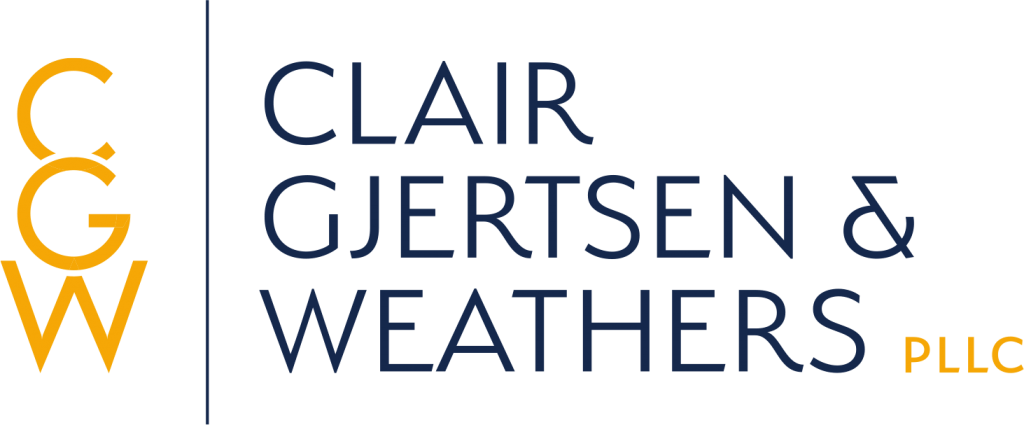President’s Biden’s American Rescue Plan Act of 2021, put the repayment of federal student loans on pause, interest-free through the end of September for a total of 18 months. Over 44 million Americans have unpaid student loan debt totaling more than 1.6 trillion dollars, and as September is only a few months away, you may be wondering, if there is any way to eliminate that debt?
Can student loan debt be discharged in bankruptcy?
For a long time, if you had considered a bankruptcy filing to relieve your student loan debt, an attorney might have told you that your student loans cannot be discharged in bankruptcy. While this statement is not accurate, the bar is high and the process is more burdensome than it is for other types of debt. In order to qualify for a discharge of this type of debt, the filer (aka “Debtor”) would have to bring a lawsuit (“Adversary Proceeding”) within the bankruptcy and have to prove an undue hardship as outlined in section 523(a)(8) of the Bankruptcy Code.
What is an Adversary Proceeding?
Under the U.S. Bankruptcy Code, an adversary proceeding is “a proceeding to determine the dischargeability of a debt.” Effectively, it is a lawsuit within your bankruptcy, whereby you are suing the holder of your student loans for a discharge of your student loan debt.
What does the Bankruptcy Court Consider when reviewing your Student Loans?
In order to have the Court agree to discharge your student loans, you have to prove that repaying them would cause you an “undue hardship”. The Court will also consider if you’re seeking a discharge of your student loans in good faith. This means the Court will look at your history of payments to see if you tried to repay your loans, how many payments you made, etc…
Undue Hardship Standard:
In determining what constitutes an undue hardship, most Courts adhere to a three-part test created by the Second Circuit in Brunner v N.Y. State Higher Educ. Servs. Corp., 831 F.2d 395 (2d Cir. 1987). The “Brunner Test” provides that student loan debt can be discharged if the debtor establishes by a preponderance of the evidence that:
- He/She cannot maintain, based on current income and expenses, a minimal standard of living for himself/herself and his/her dependents if forced to repay the loans;
- Additional circumstances exist indicating that this state of affairs is likely to persist for a significant portion of the repayment period; and
- He/She has made good faith efforts to repay the loans.
Courts have generally only granted a discharge of student loan debt through the Brunner Test based on dire circumstances. For example, a court may consider a minimal standard of living if:
- Your income has been below the federal poverty level for several years and does not show signs of improving
- You are on public assistance or dependent on a family member
- You have a debilitating mental or physical illness or permanent injury
- You have a child with a serious illness who requires round-the-clock care
- Divorce reduced your family income with no hope of it returning to its previous level
- Disability checks are your only source of income
- You depend on public assistance to support your children
- You support a spouse who was seriously and permanently injured in a car accident or who has developed a total disability
The bottom line depends on your situation, as well as whether the student loan creditors are willing to work with you and acknowledge your undue hardship. These creditors are big companies with attorneys representing them, which is a good reason why you would want an experienced attorney representing you through this process.
Student Loan Mediation Before Litigation Program (SLM Program)
If you are not sure if you qualify for a discharge under the “Undue Hardship Standard”, but are having difficulty paying your student loans, the United States District Bankruptcy Court for the Southern District recently created a program, as of January 27, 2020, to help resolve student loan disputes through a court-supervised mediation process. This new program has created a forum for debtors and creditors to discuss consensual repayment options for government student loans and possible workouts for private student loans.
The SLM Program facilitates two different types of Student Loan negotiations:
- Requests for Student Loan Repayment Option Relief, such as a loan modification and
- Requests for resolution over disputes over the dischargeability of a Student loan debt.
What are examples of Student Loan Repayment Option Relief?
- Deferment
- Forbearance
- Rehabilitation
- Consolidation
- Income-Based Repayments
What counties are included within the Southern District of New York?
- Westchester
- Rockland
- Putnam
- Orange
- Dutchess
- Sullivan
- New York
- Bronx
We Can Help You File Bankruptcy With Student Loan Debt
While you do not technically have to go through an attorney when filing bankruptcy on student loans, bankruptcy and the student loan process can be an incredibly complex process. It requires determining which type of bankruptcy you’ll file and bringing an adversary proceeding, or filing for the SLM Program. Going through it alone could mean extra time, incorrect filings and, possibly a lost case. We are an experienced student loan bankruptcy law firm who has helped thousands of people in financial distress. We understand that student loans can be overwhelming and daunting and are here to help you through the process. Please give us a call to schedule a free consultation at 914.472.6202.
